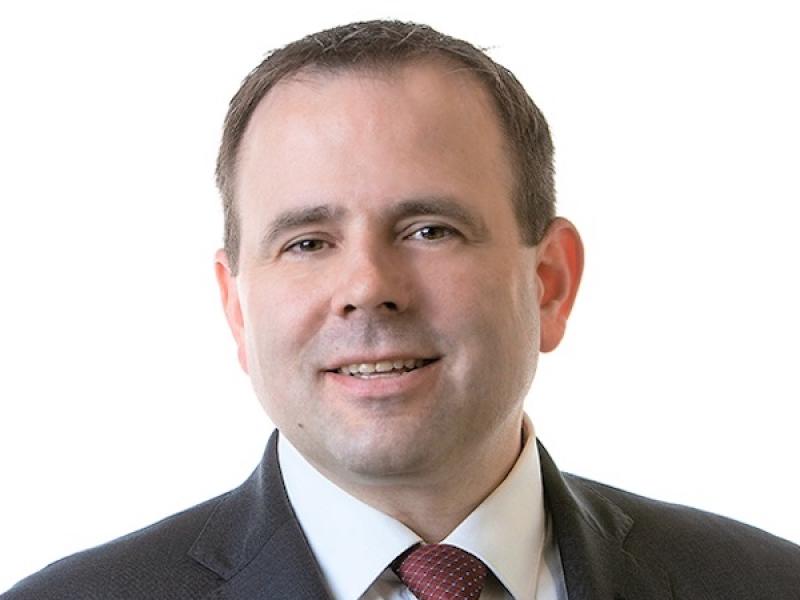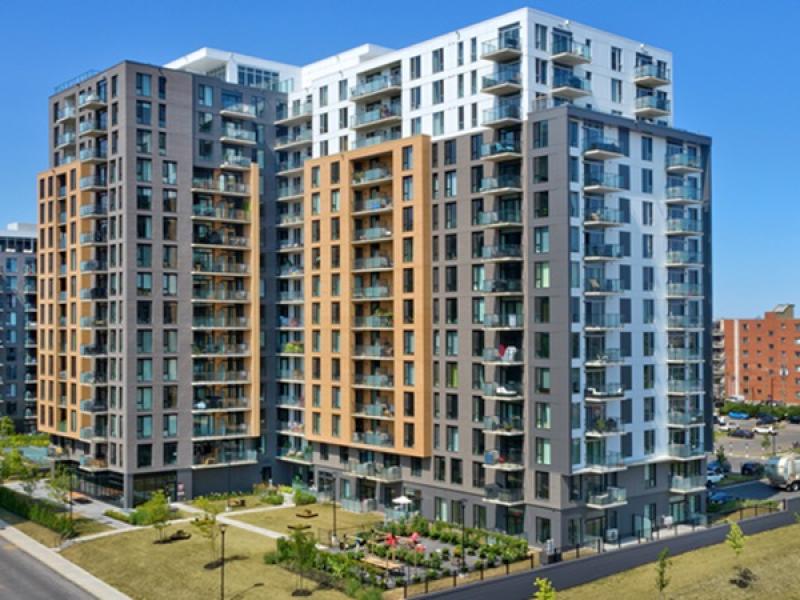Canada needs more capacity to generate more electricity if it wants to hit its climate targets, the International Energy Agency (IEA) said recently.
Well, tell us something we don’t know. It’s no secret our federal government is eager to demonstrate real progress on the climate file, but this pesky pandemic has sidelined no end of good intentions.
We start 2022 cautiously optimistic that maybe, just maybe, we will finally clear some definitive hurdle in the COVID war, ready for a momentous recovery on par with the post-war booms of the previous century.
Government initiatives related to addressing the big issues we face, such as climate change, will once again take precedence. Perhaps they will even be fuelled by a new sense of optimism and commitment to the Greater Good.
One can only hope.
On the other hand, spend any time on the social media channel of your choice and you will find no shortage of angst and fear about a grim and uncertain future.
I don’t pay too much attention to the sky-is-falling group or those who feed off creating uncertainty. I do, however, appreciate that big change, in some form, is coming.
This is only to be expected
Most people alive today just have no experience living through anything like we have endured over the past two years. We have to look back to the experiences of the generations which preceded the boomers.
Consider dealing with a global pandemic (1918-’20) far more destructive than this one, after four years of the worst war the world had ever seen. (A war that followed a century of relative peace in the Western world, following the Napoleonic conflicts.)
And then an even worse conflict comes along after the Great Depression. Those of us fortunate enough to have not endured such trials struggle to grasp their true horror and scale even now after two years of COVID.
So, we can’t really criticize anyone for their fear and negativity, or for underestimating just how hard and disruptive the past two years would be with no prior personal experience.
History, of course, offers examples as guideposts, but only from times far different than now.
Still, life and business go on
Wherever you may fall on the spectrum between despair and optimism, there is no denying that business goes on. We continue to see deals done in commercial real estate.
I noted several times in 2021 how CRE is a long game no matter the circumstances. As the world wrestles with how people will work, where they will work, and where and how they will choose to live post-pandemic, the fact remains that a roof and four walls will be involved.
Real estate, like water, always finds its level.
Properties that are no longer ideal for their original purpose get repurposed. So long as the property rests in a location that hasn’t become prone to some new risk factor (like shifting flood plains with global warming) a new purpose will be found.
It may take time, but it will eventually happen.
One extreme example I find interesting is Michigan Central Station, which opened in 1913.
After 30 years of neglect and decay, Ford Motor Co. has stepped in to rescue this Detroit landmark with a lavish redevelopment plan. Ford has made a commitment to the city where it’s long had a presence and has found purpose where no one else had.
Deals continue to get done
Closer to home, we continue to see CRE deals flow across Canada.
Office vacancy rates are falling in major centres. Developers are still snapping up multires properties.
In fact, I see deals for apartment buildings where offers are running so high relative to income that I can’t forget market prices can sometimes be fickle!
On the other hand, central banks have pumped a lot of liquidity into the markets over the past two years, just like they did in 2008-’09, because the last thing anyone needs right now is a recession.
It’s hard to say how long it will take for all this cash to work its way through the system. At some point, central banks will have to switch gears to keep inflation in check (the warning signs are already evident), while governments can’t leave those stimulus taps running forever.
But for now, there is money to spend and borrowing rates remain low.
Meanwhile, capitalization rates in CRE also remain astonishingly low compared to much of the past 40 years.
One thing is certain . . .
Change is constant and the pandemic has only accelerated the pace of change on many fronts:
– The shift to electric vehicles and other alternatives.
– Mass disruption in now we develop new drugs.
– Rethinking how we design and build our healthcare infrastructure.
– Tackling housing affordability and the growing popularity of new options like tiny houses.
– Viewing essentials like food, water and medical masks through a national security lens and taking steps to secure domestic supply.
These examples and many others are driving change at a pace that only accelerated during the pandemic. All of it impacts, and is impacted by, real estate and built infrastructure.
Where will we be a year from now?
Who knows, but opportunities will continue to ripen across commercial real estate as the world finds a new footing. That’s just the nature of the beast. 2022 may very well be the foundational year for a “post-war” boom defined by innovation, the like of which we haven’t seen in 70-plus years.
Don’t just take my word for it. History tells us that anything is possible.
To discuss this or any valuation topic in the context of your property, please contact me at jclark@regionalgroup.com. I am always interested in your feedback and suggestions for future articles.








